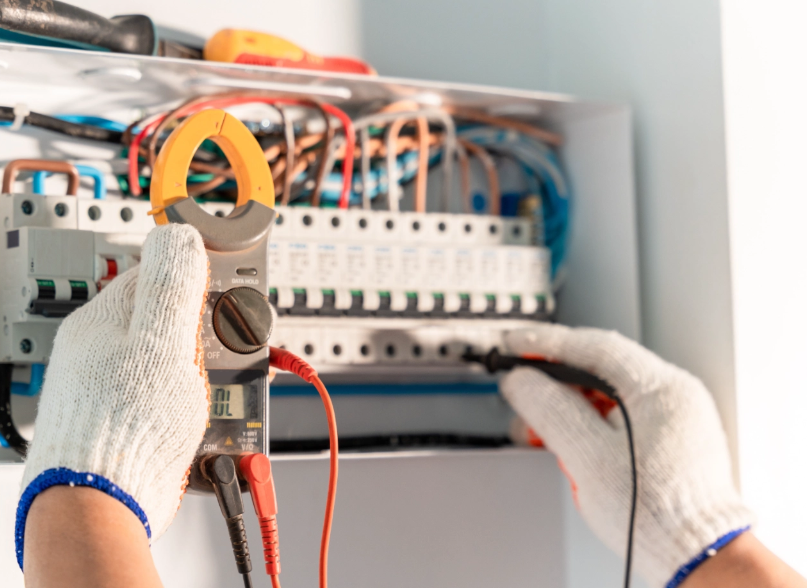Understanding the Basics of Electrical Fault Finding
When it comes to dealing with electrical systems, one crucial skill for both professionals and DIY enthusiasts is Electrical Fault Finding. This process involves diagnosing and identifying problems in electrical circuits, ensuring the smooth functioning of various systems, and safeguarding against potential hazards. Whether you’re troubleshooting in a domestic setting or handling more complex industrial systems, understanding the basics can save time, and money, and even prevent accidents.
Types of Electrical Faults
Electrical faults typically fall into two main categories: open circuits and short circuits. An open circuit occurs when a connection is broken, preventing electrical current from flowing through the circuit. In contrast, a short circuit happens when an unintended connection occurs between two conductors, causing excessive current flow and potentially leading to overheating or fire.
Other types of faults include earth faults, where current leaks to the ground, and insulation faults, where damaged insulation exposes wires, posing risks of electric shock.
Tools for Fault Finding
Before starting any electrical fault finding, it’s important to have the right tools. A multimeter is the most essential, allowing you to measure voltage, current, and resistance. Circuit testers and continuity testers are also valuable for identifying breaks or shorts in a circuit. Advanced tools like thermal imaging cameras can spot hotspots in wires and components, providing further diagnostic insights.
The Process of Electrical Fault Finding
Electrical fault finding involves a systematic approach. First, isolate the power supply to ensure safety before beginning any work. Next, inspect the circuit visually for obvious signs of damage, such as burnt wires or loose connections. If no visual fault is found, testing with a multimeter comes next. Check for voltage and continuity in different parts of the circuit, systematically narrowing down the location of the fault.
Safety Precautions
While understanding the technical side of fault finding is crucial, safety must always come first. Always ensure that the power source is turned off before working on any electrical system. Wear appropriate safety gear, such as insulated gloves and goggles, to protect yourself from potential electrical shocks. Additionally, if you encounter complex issues beyond your knowledge, it’s wise to consult a qualified electrician.
Conclusion
Mastering the basics of Electrical Fault Finding is an essential skill for anyone dealing with electrical systems. From recognising common fault types to using the right tools and maintaining safety precautions, these foundational principles will help in addressing issues efficiently and safely.





